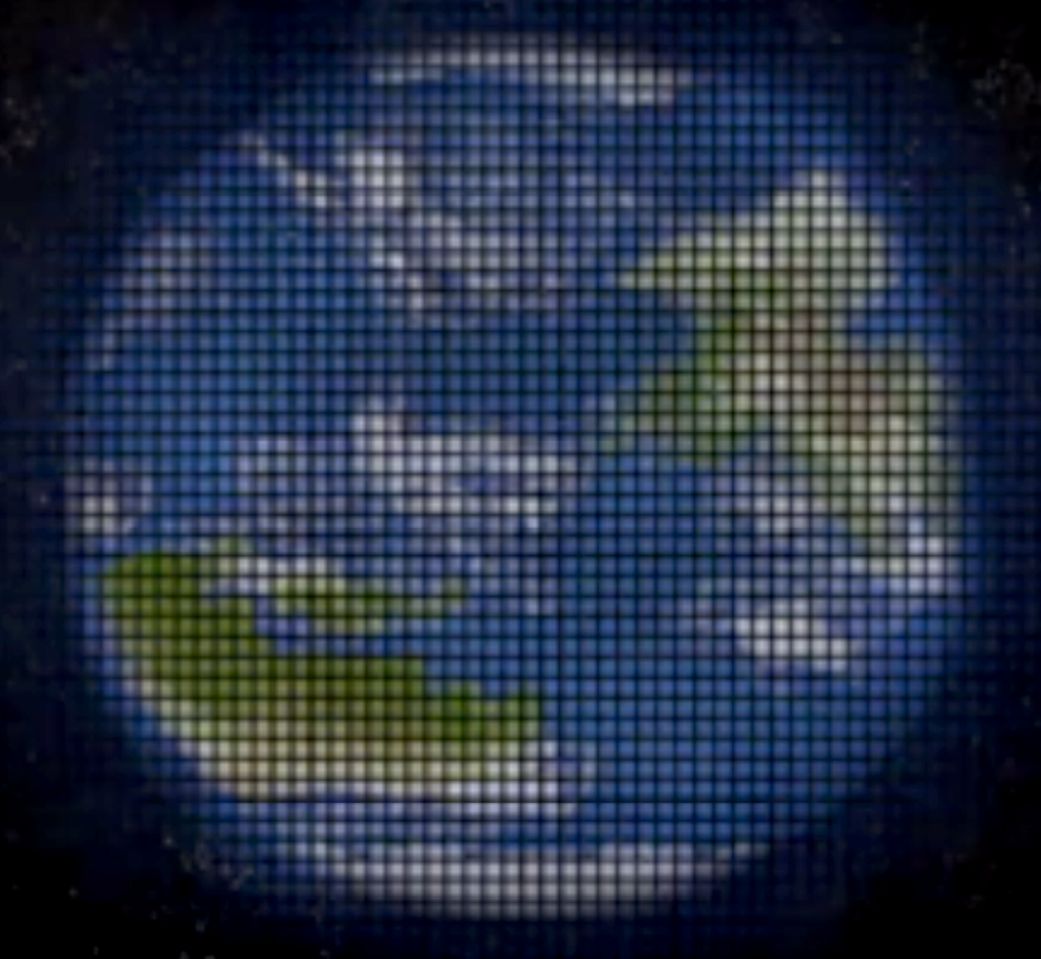Slava Turyshev
NASA Jet Propulsion Laboratory

The solar gravitational lens (SGL) is characterized by remarkable properties: it offers brightness amplification of up to a factor of ~1e11 (at 1 um) and extreme angular resolution (~1e-10 arcsec). As such, it allows for extraordinary observational capabilities for direct high-resolution imaging and spectroscopy of Earth-like exoplanets.
Under a Phase II NIAC program, we confirmed that a mission to the strong interference region of the SGL (beyond 547.6 AU) carrying a meter-class telescope with a solar coronagraph would directly image a habitable Earth-like exoplanet within our stellar neighborhood. For an exo-Earth at 30 pc, the telescope could measure the brightness of the Einstein ring formed by the exoplanet’s light around the Sun. Even in the presence of the solar corona, the SNR is high enough that in 6 months of integration time one can reconstruct the exoplanet image with ~25 km-scale surface resolution, enough to see surface features and signs of habitability.
Phases I and II of our NIAC Study made three innovations: (1) proven the feasibility of high-resolution, multipixel imaging of an habitable exoplanet; (2) devised a swarm architecture for smallsats to explore the interstellar medium; (3) designed the low-cost solar array propulsion to achieve the exit velocity from the solar system needed for the mission. While flying along the SGL, our multismallsat architecture concurrently observes the multiple planets/moons of an exosolar system. Such simultaneity of observations reduces integration time, accounts for target’s temporal variability, and “removes the cloud cover”.
Our affordable SGL mission architecture design reduces cost: 1) It cuts the cost of each participant by enabling multiple entities broad choices of funding, building, deploying, operating, analyzing system elements at their choice. 2) It delivers economy of scale in an open architecture designed for mass production to minimize recurring costs. 3) It drives down the total mass (and thereby both NRE/ recurring costs) by using smallsats. 4) It uses realistic-sized solar sails (~16 vanes of 10^3 m^2) to achieve the needed high velocity at perihelion (~150 km/sec). 5) It applies maturing AI technologies for virtually autonomous mission execution eliminating the need for operator-intensive mission management, (6) It reduces launch costs by relying on “ride share” opportunities to launch the smallsats, avoiding the costs of large dedicated launchers.
Under a Phase II NIAC program, we determined that much of the foundational technology exists or is in intermediate levels of readiness due to the proliferation of government and commercial smallsat programs. This Phase III proposal will reduce the remaining TRL gaps and mature the SGLF mission concept. We will advance our understanding of the SGL-based imaging and spectroscopy of many candidate exoplanets, and define a near term, affordable flight test mission to prove the concept. We will refine our understanding of the mission architecture with emphasis on the issues of thermal and stability control during the perihelion acceleration. We will employ the system engineering approach successfully applied to many space missions by JPL and Aerospace, and employed by our industry partners, to select the best technologies for long-duration, autonomous operations in deep space and to identify and mitigate mission risks.
We will continue to present the SGL imaging mission to the science community for broader support. As this mission is the only way to view a potentially habitable exoplanet in detail, we are already seeing the significant public interest and enthusiasm that could motivate the needed government and private funding. As NASA will be our primary partner for the mission to the SGL, we are already working with NASA leadership, the ongoing NAS Decadals to include SGL in their science priorities.
Our SGL mission seeks further insight into the question “Are we alone in the Universe?”
2020 Phase I, II, and III Selections






























